California Slip and Fall Law | Slip and Fall Accidents

Understanding Slip and Fall Accidents
Slip, trip, and fall accidents refer to incidents where a person loses balance or traction due to unsafe conditions on another person or entity’s property resulting in a fall. They often lead to injuries which can range from minor scrapes and bruises to bone fractures, sprains or strains, and even traumatic head injuries or death in severe cases…
What Are Slip and Fall Accidents?

Slip and fall accidents refer to incidents where a person slips, trips, or falls due to conditions on someone else’s property that present a dangerous situation. For example, wet floors, uneven flooring, poor lighting, cluttered walkways, missing handrails, unmarked steps, or changes in floor level are some of the common causes…
Key Statistics About Slip and fall accident

According to the National Floor Safety Institute (NFSI), over 1 million Americans visit emergency rooms annually for fall injuries and approximately 300,000 are hospitalized because of them. Additionally, the Centers for Disease Control reports that slip and fall accidents account for over 8 million hospital visits per year. They are the third leading cause of unintentional injury death among adults over the age of 65…
Common Injuries From Slip and Fall Lawsuit
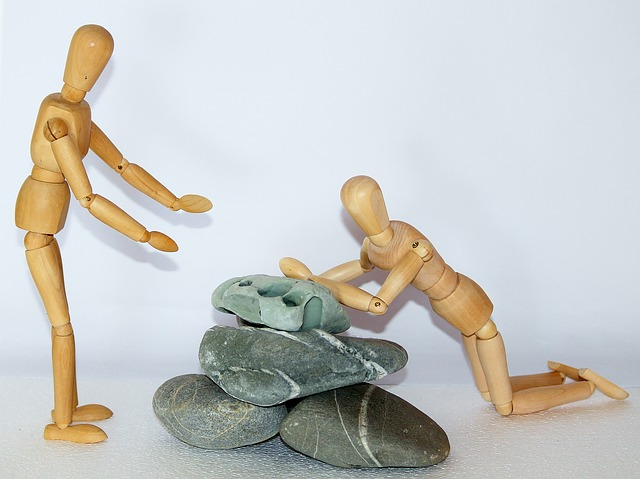
Common injuries suffered in premises liability slip and fall accidents include bruises, sprains, strains, fractures, traumatic head injuries, and sometimes death. Knee, hip, and shoulder injuries are particularly common given the instinct to break the fall with one’s hands leading to wrist, arm, and shoulder trauma. Head injuries result when the floor surface is particularly hard and unyielding without protective headgear…
California Premises Liability Law
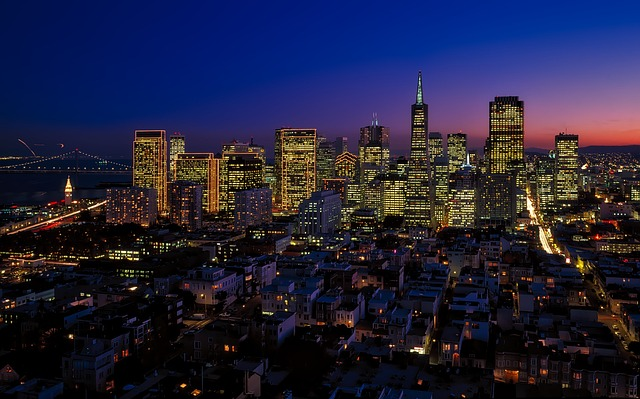
California premises liability law covers the legal obligations that property owners, managers, and landlords have to maintain reasonably safe premises and prevent foreseeable slip and fall accidents. When they fail to meet these duties and unsafe conditions lead to injuries to lawful visitors, they may be liable under negligence claims for the harm caused…
Duty of Care Based on Visitor Status
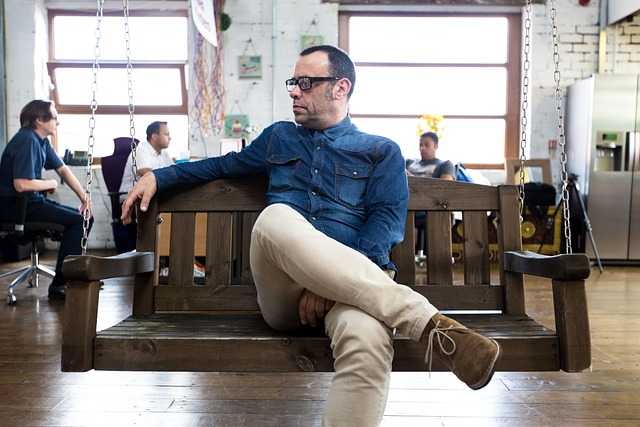
The level of legal duty owed depends primarily on the status of the injured person in relation to the property owner. Invitees like paying customers are owed the highest duty of reasonable care while uninvited trespassers are owed only minimal duties. Different standards apply for social guests, persons given express or conditional permission to enter like contractors or delivery workers, and varying levels of legal status in between….
Negligence Claims and Burden of Proof
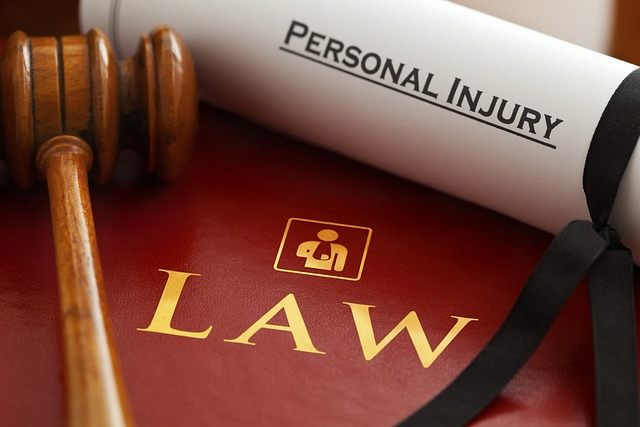
To prove negligence and impose liability after a slip, trip, and fall accident, the injured person must prove all of the following key elements: (I) the property owner owed a legal duty to maintain reasonably safe premises, (II) the property owner breached this duty through failure to use reasonable care, (III) this breach of duty actually and proximately caused the person’s injuries and (IV) quantifiable injury damages like medical expenses and lost income resulted…
Premises Liability Defenses
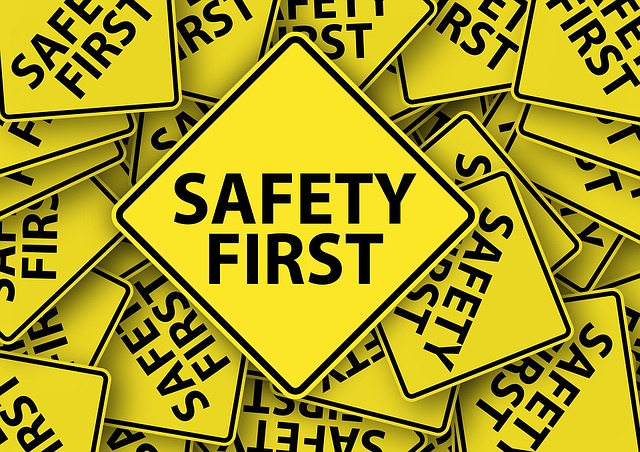
Property owners have several common defenses that may allow them to successfully defend against premises liability negligence claims. The main defenses include
(I) open and obvious dangers that should have been apparent to visitors exercising reasonable care for their own safety,
(II) comparative negligence when the visitor bears some partial fault for their own injuries,
(III)lack of timely actual notice or constructive notice of the dangerous condition and
(IV) review of all premises management protocols for compliance with statutes of limitation pertaining to the timing of injury claims….
Damages Available In Slip and Fall Claim
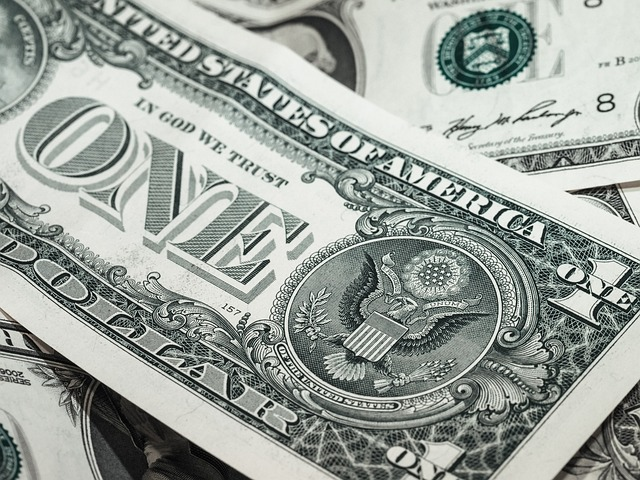
Compensatory damages in premises liability negligence cases aim to make injured victims whole again financially by compensating objectively measurable losses and harms. There are two main categories of standard compensatory damages – economic and non-economic. In states with enhanced injury compensation laws or cases involving egregiously bad conduct, punitive damages may also be pursued….
Key Types of Compensatory Damages
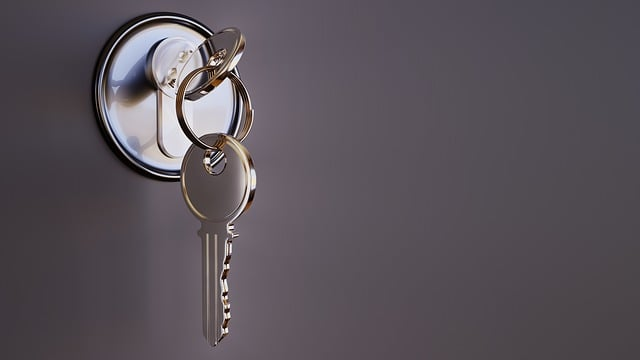
● Medical expenses – All bills related to emergency response, hospitalization, surgery, therapy, and continuing medical care including procedures and devices with functional or life-saving purposes. Also covers prescription medications.
● Lost income – The amount of past and future wages lost due to inability to work during recovery.
* For Loss of future earnings – Damages for diminished earning capacity if disabilities cause lower wages long-term.
● Pain and suffering – Subjective compensation for physical discomfort and emotional trauma like fear and anxiety experienced due to the incident and injuries.
In addition, plaintiff attorneys fees which average from 30% to 40% of any final damage award or settlement amount are taken out of the total recovery in contingency fee arrangements which are typical in injury cases…
Settlement and Outcomes
The vast majority of premises liability slip and fall cases settle out of court before trial. One key study found over 90% of cases were resolved through negotiated settlements rather than jury verdicts. There are compelling reasons on both sides for pursuing a settlement. Settlement caps total potential damages for defendants whereas plaintiffs gain assured access to at least some recovery without further delays or risk of losing in court…
What Impacts Settlement Amounts?
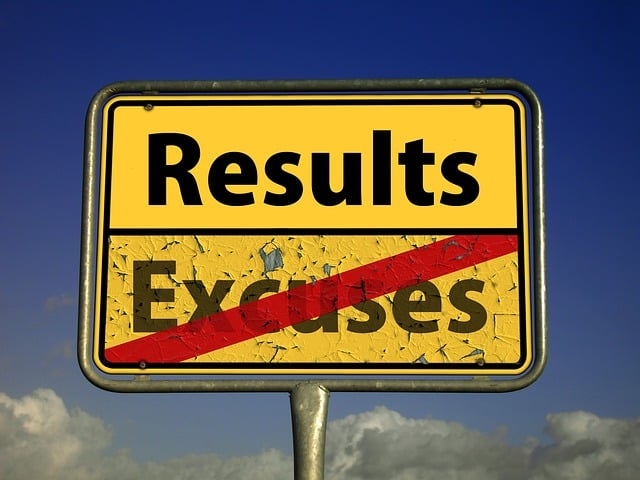
There are a variety of factors that influence negotiated premises liability settlement amounts, for example:
● Extent and permanency of the plaintiff’s provable damages
● Shared percentages of contributory negligence assigned to the plaintiff
+ Applicable insurance policy liability coverage limits per incident
● Strength of case evidence supporting plaintiff’s legal claims
● Relevant law, historical verdicts, and judicial posture in governing jurisdiction
+Skill level of attorneys representing plaintiff and defendant
● Appetite for the cost, delays, and risks inherent in taking a case to trial
Where settlement talks reach an impasse, contested slip and fall cases typically are adjudicated by jury trial which introduces additional uncertainty into final outcomes…
Related Terms: Fall lawyer, fall attorney, slip and fall case, fall lawyers, fall injury lawyers, slip and fall accident, Medical bills, fall injury lawsuit, serious injuries, fall claims, or her willful acts, traumatic brain injuries, fall attorneys, slip and fall lawsuits, or her property, experienced los angeles slip
Prevention Strategies and Compliance
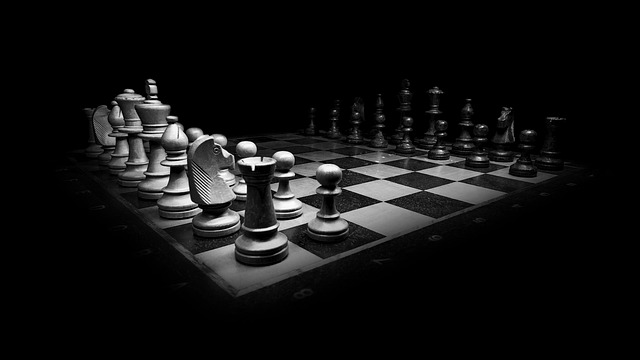
Maintaining safe premises is essential for property owners/managers not just for ethical obligations to prevent harm but also for injury prevention risk management from a legal liability perspective. Implementing and consistently following a tailored slip and fall prevention protocols is key to bolstering legal defenses in the event of lawsuits…
Best Practices for Slip & Fall Prevention
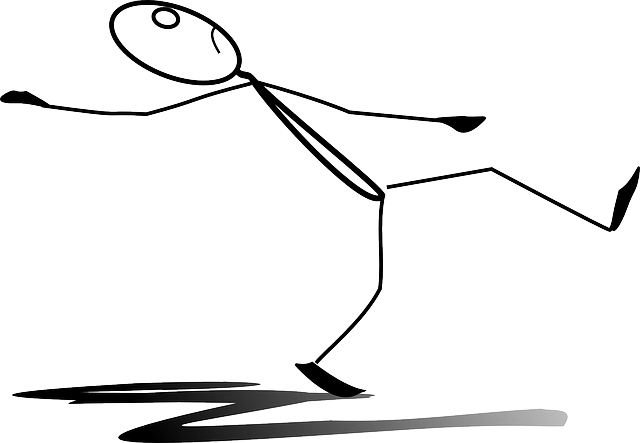
Recommended ongoing measures to prevent foreseeable slip and fall accidents include:
● Modern safety design standards for walking surfaces, stairs, railings, and transitions between elevation/surface material changes
+ High traction, non-slip, water-resistant, and appropriately wear-rated flooring
● Effective drainage and water capture mats in entryways and transitional spaces
● Compliant lighting, signage, notices, and visual cues identifying changes
+Routine inspections, maintenance, and hazard remediation policies
● Adequate equipment and protocols for hazard avoidance and prevention through cleaning, sweeping, mopping, and active diversion of rain, ice, and snow in external areas
In addition to prevention practices, appropriate insurance tailored to premises risks is also important for managing financial exposures associated with potential liability.
This specialty coverage often called Commercial General Liability (CGL) insurance shields against covered damages both from immediate incident response through any litigation or claims that evolve…
Additional Premises Liability Guidance
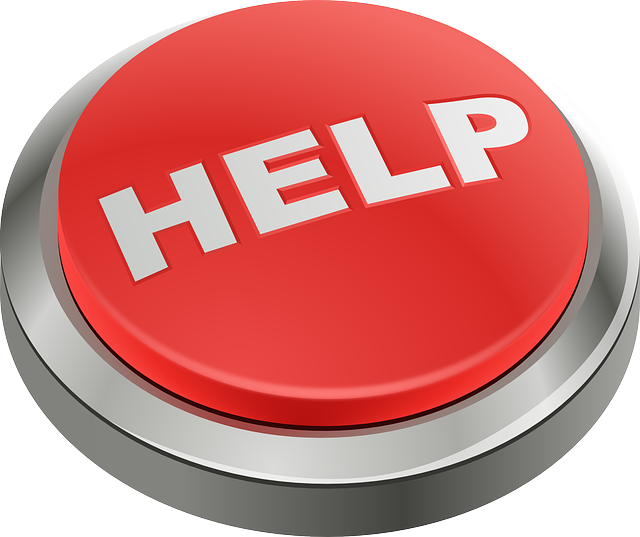
Frequently Asked Questions
If I slipped on a grape in the produce section, can I sue the grocery store?
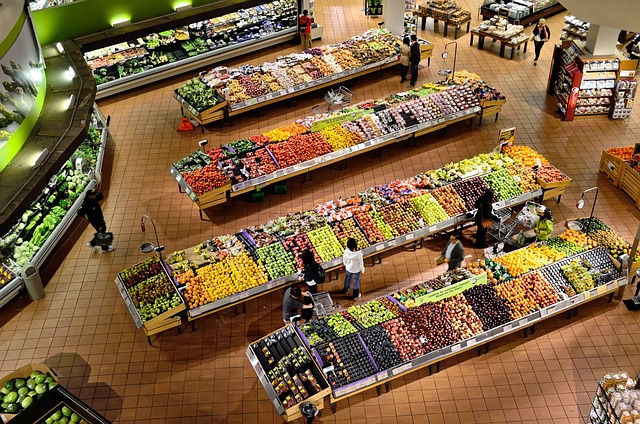
Yes, customers who slip and fall due to conditions like debris on the floor may have valid negligence claims against store owners if reasonable care was not taken to regularly inspect for and mitigate foreseeable fall hazards. However, if the grape just fell to the floor shortly before you slipped such that store employees could not reasonably have identified and cleaned it, the claim becomes weaker.
What if I tripped descending temporary stairs at a construction site?
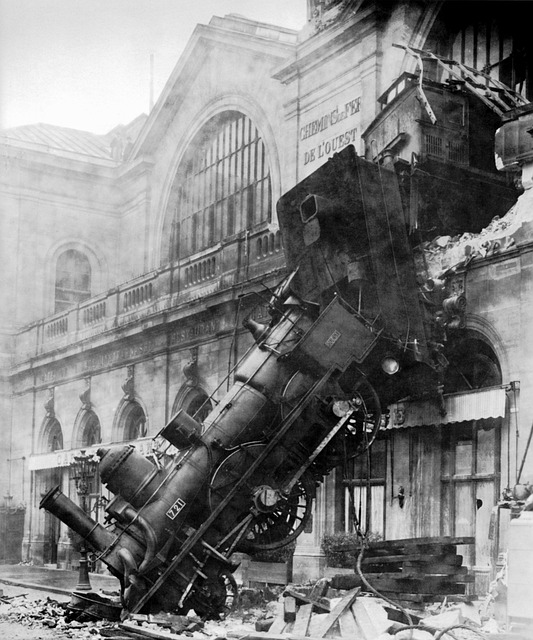
Injury claims may be brought against general contractors overseeing sites and subcontractors working on areas related to the hazard. Breaches of safety practices or building codes could substantiate negligence. However, contractors and owners will raise contractual indemnities and insist other parties assume liability.
Can I sue a property owner if I slipped on ice outside their building?
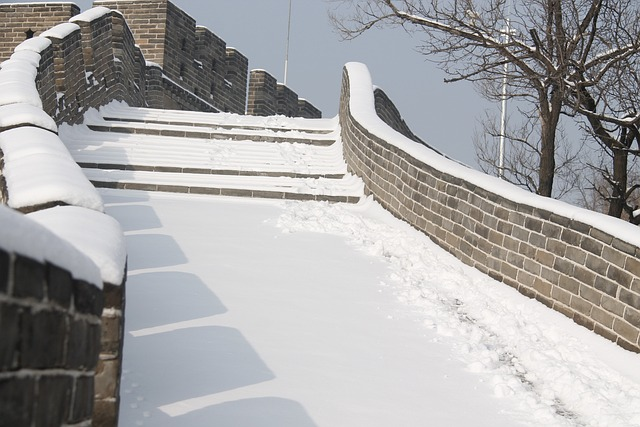
Possibly, but California law imposes limited duties on landlords to remedy natural exterior hazards not directly created by their negligence. You would need to prove they exacerbated hazards in some manner that specifically caused your accident. Merely failing to salt a naturally icy sidewalk typically does not qualify as actionable grounds.
Key “If-Then” Scenarios
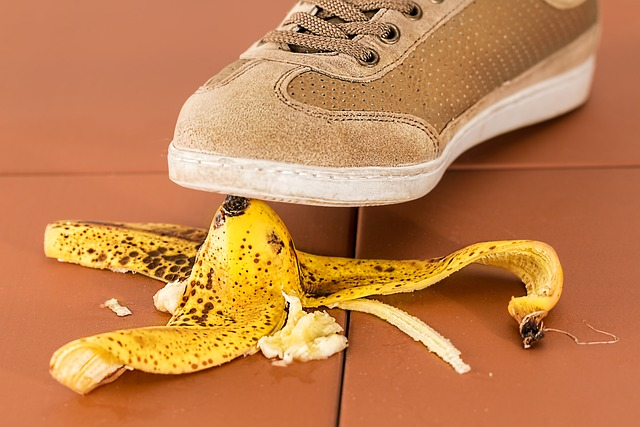
If a property owner creates a slippery condition like waxing floors without posting warnings, then they are more likely liable for falls due to the affirmative risk creation.
If the unsafe condition is open and obvious such that most prudent persons would readily appreciate the danger, then contributory negligence defenses gain substantial strength.
And If no proof exists that the property owner had actual timely notice or reasonably should have known of the hazard before the fall, then claim viability weakens over lack of constructive notice.
If the incident occurs in a state-regulated context like care homes subject to safety codes, regulatory findings of noncompliance with statutes and governing directives can significantly advance negligence claims.
Notable Case Law Examples
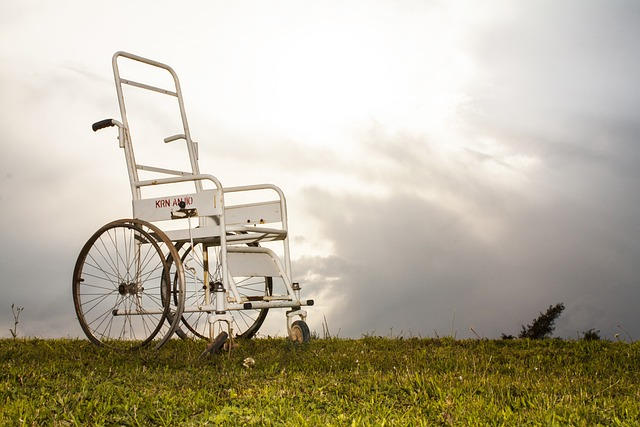
Castillo v. Ralphs Grocery Company
In a 2010 California appellate ruling, Ralphs supermarket was found liable when a customer slipped on yogurt spilled in an aisle. The ruling states that Ralphs failed to clean up the yogurt for over 30 minutes despite conducting regular safety sweeps. The court determined that Ralphs did not demonstrate adequate vigilance promptly to mitigate known hazards. This created a triable claim for negligence by constructive notice of an unreasonable risk.+621
Ortega v. Kmart
In this case from Florida, Kmart was not liable when a customer slipped on a small puddle of water near a freezer case. No evidence suggested the puddle was conspicuously visible or existed long enough to reasonably demand discovery and remedy by store employees. This supported summary judgment and claim dismissal over lack of constructive notice.
Williams v. Saga Enterprises
The court upheld a breach of duties when a theater patron fell on a wet sidewalk. Though the water was from natural rain accumulation, the architectural drainage design previously resulted in similar incidents putting the owner on notice of unreasonable risks during storms. Failing to correct known design defects constituted actionable negligence.
Key Takeaways
- Customers injured on business premises may pursue legal damages, but owners can also often successfully defend claims due to the qualified nature of slip & fall duties.
- When unsafe conditions are open and obvious or develop suddenly without adequate notice, customers will struggle to definitively prove negligence against business owners.
- Plaintiffs should meticulously document incident specifics immediately such as location details, substance characteristics, witness accounts, and photographic evidence useful in later constructing negligence claims.
- Defense against alleging the plaintiff bears some degree of fault helps mitigate defendant damage exposure, but plaintiffs often still recover partial compensation.
Conclusion and Key Takeaways

In summary, property owners and occupiers have clear duties under longstanding premises liability negligence concepts to implement and uphold safe premises to substantially reduce foreseeable slip, trip, and fall hazards. Failures to exercise reasonable care per established standards and evolving best practices make them vulnerable to injury lawsuits and financial liability for damages associated with any resultant visitor injuries.
Prevention-focused risk management paired with applicable insurance protects both ethical imperatives and financial exposures when premises accidents unfortunately still occur despite prevention diligence. Visitors also have a role to play by exercising reasonable situational awareness and caring for their well-being when present on unfamiliar property terrain.













